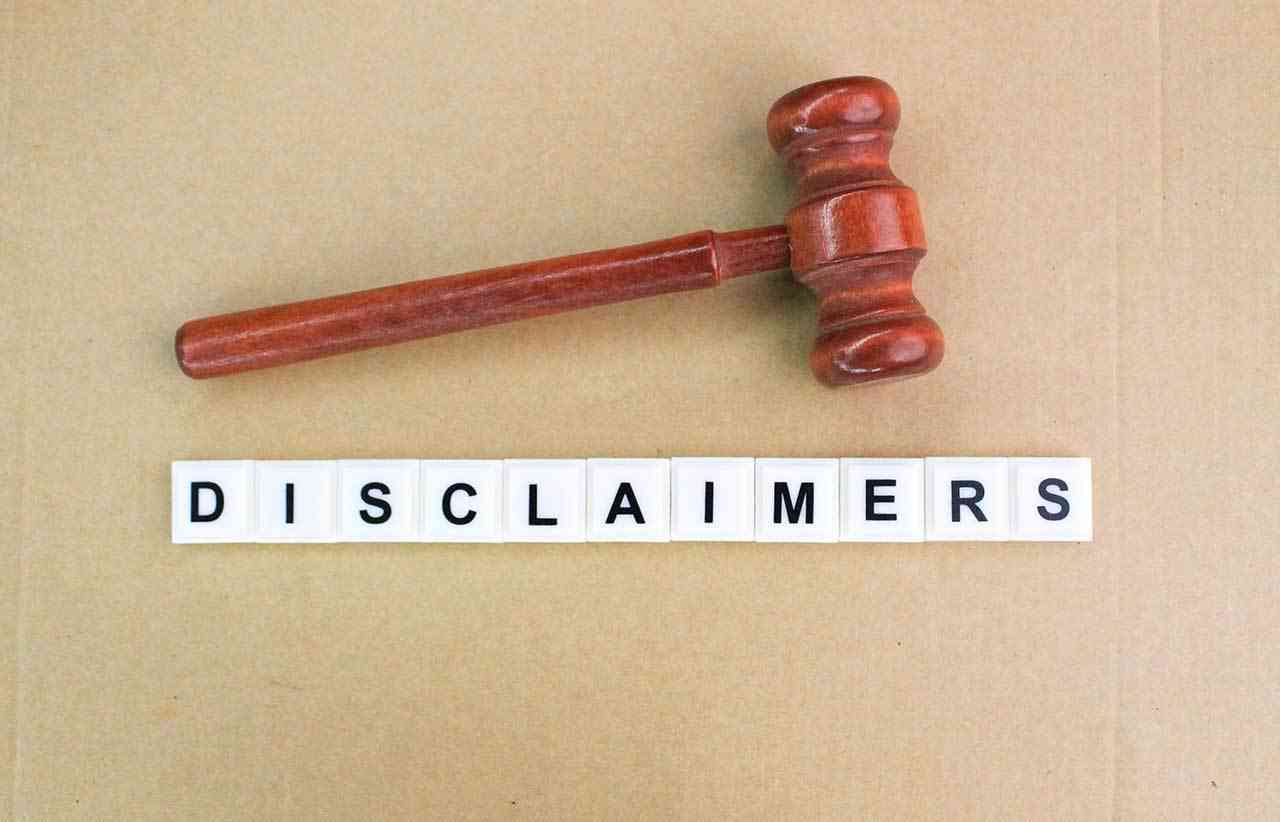Beware the Asterisk*
By J.P. Talan

It seems that every advertisement you see today has that nasty little asterisk. What does it mean? It means you need to look at that bottom of the ad to decipher the difference between what the ad says and what it really means.
In the broadcast TV world you see a similar device in the fast talking disclaimer that comes at the end of the commercial. All those new drug spots claim wonderful healing powers never before available. And, at the end, you hear all the side effects that usually conclude with “life threatening possibilities” which disclaim all the benefits you’ve just heard.
All businesses need disclaimers because they can’t include every detail in the print ad or TV commercial. However, you need to be mindful of just how big the disclaimer really is. Simple disclaimers will direct you to call the store or office for complete details. This is usually pretty benign and is just trying to get you to call in.
However, some businesses use extensive disclaimers, usually because the offer is too good to be true, or the program they want you to subscribe to has many limitations or hooks that will lock you in for a long time.
Last week I received one of those satellite TV offers in mail. You know the ones I’m talking about. They make their system sound fantastic and an extremely good value. But the closer I looked at the flyer, the more confused I got. There is a huge disclaimer at the bottom of the page, and since it’s my business, I tried to read and understand it. Impossible. I read every word. What I found was that it added so many costs and special additions, that I have no clue what my monthly cost would be or how long I would be locked into it.
I took the trouble to count all the words on the flyer. There were 406 nice, readable words in the “unbelievable” offer. There were 794 words in the disclaimer! That’s almost double! What are the trying to hide? What are they trying to lock me into?
While disclaimers are a necessary tool for companies to protect themselves, as consumers, we need to be cautious when reading them. Here are some reasons why:
- Disclaimers can be confusing: Disclaimers are often written in legal jargon that can be difficult for the average consumer to understand. This can make it hard for us to fully comprehend what we are getting into when we purchase a product.
- Disclaimers can be misleading: Some companies use disclaimers as a way of making false or misleading claims seem legitimate. For example, a company might claim that their product can cure a certain illness but then include a disclaimer stating that the product has not been evaluated by the FDA. This can lead consumers to believe that the product is safe and effective when it may not be.
- Disclaimers can be buried: Companies often place disclaimers in small print or at the end of an advertisement where they are easy to miss. This can make it difficult for consumers to fully understand the risks associated with a product or service.
So, what can we do as consumers to protect ourselves from misleading disclaimers in advertising?
First, we need to take the time to read and understand the disclaimers that are included in advertisements. This means looking beyond the flashy images and persuasive language to the fine print.
Second, we need to do our own research to verify the claims made in an advertisement. This might involve reading reviews, checking with consumer watchdog organizations, or consulting with a medical professional.
Third, we need to be wary of products or services that seem too good to be true. If a product claims to offer miraculous results with little effort or investment, it is likely that the claims are exaggerated or outright false.
Disclaimers are an important tool for companies to protect themselves, but as consumers, we need to be aware of their limitations. By taking the time to read and understand disclaimers, doing our own research, and being wary of exaggerated claims, we can protect ourselves from misleading advertising and make informed purchasing decisions.